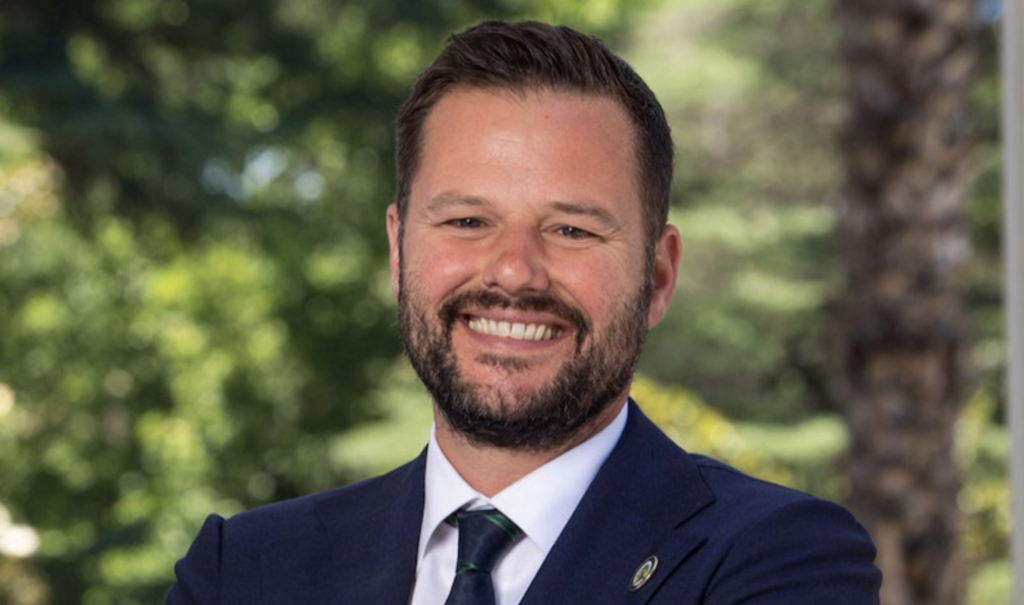>>We need you! Become a 48hills member today so we can continue our incredible local news + culture coverage. Just $20 a month helps sustain us. Join us here.
About 30 years ago, in a totally different media era, I broke a story in the Bay Guardian about a BART Police officer shooting and killing an unarmed Black man in Hayward, under what can only be called very dubious circumstances.
The 19-year-old man was shot in the back, while he was walking away, with a 12-gauge shotgun.
I spent about three weeks researching the story, finding ways to get around a total news blackout by BART. The result was pretty dramatic; hundreds of people packed the next BART Board meeting, huge rallies were held, and in the end, it was the start of a long process of getting civilian oversight for the BART police.
But no other news outlet picked it up.

Both the Chron and the Examiner, which back then dominated local news, completely ignored the story, although weeks later the Chron ran a piece saying that a BART police shooting had become an issue among activists, but never mentioned me, the Bay Guardian, or the investigation I had done.
A month or two after the story broke, I ran into the Examiner’s editor, Phil Bronstein, who congratulated me on my work. I asked: So why didn’t any of your reporters follow up? I would have happily shared my sources, the thick pile of public records I collected, all of my data … I wanted the news out.
“Hey,” he said, “It’s your scoop.”
Meaning: The Examiner and the Chronicle didn’t deign to report on an investigative story that was broken by someone else. The horror: The might have to give a competitor credit, or at least acknowledge that we existed.
That was surprisingly common back in the day. The New York Times was notorious for never crediting a competitor for anything. Same for the Chron and the Ex. Better let a story die than let someone else get credit for it.
I thought we were all more responsible these days. In fact, on occasion, you will see the Times credit another outlet. The Chron does so, reluctantly. With all of the rapid expansion of smaller news sites breaking news, the legacy papers (whose staff keeps shrinking) sometimes have no choice.
So: The SF Standard broke what is by any standard a big story about a local elected official: State Assemblymember Matt Haney, in possible violation of campaign-finance laws, used money he raised from political donors to finance $75,000 worth of liquor, travel, and tickets to sporting events.
From Josh Koehn’s story:
In fact, Haney has spent more than $65,000 in campaign funds on 49ers tickets since just the beginning of last year. Haney’s campaign donors have also picked up the tab on thousands of dollars worth of tickets, food and drinks while Haney watched the San Francisco Giants and Broadway shows like “The Lion King.”
Haney, who represents the eastern half of San Francisco, listed all of these expenses as “fundraisers” in his campaign disclosures with the California Secretary of State. But it’s unclear who attended and how much money was raised. Multiple campaign experts said that Haney’s frequent use of sporting events as fundraisers—including events attended by his friends and family—was unusual.
“You can’t use your campaign money for vacations or ball games for yourself or your family, that is absolutely not legal,” said Ann Ravel, the former chair of the Federal Elections Commission. “I don’t go to a lot of football games, but this seems excessive.”
Good story. It’s all based on public records. Nobody has suggested that anything Koehn reported was inaccurate.
But from the rest of the news media? Nothing.
Other than Channel 7, which partners with The Standard on stories, this has been entirely crickets. Nothing in the Chron. Nothing in the Sacramento Bee, which covers the state Legislature.
I have to ask: Would this be different if a progressive office holder or candidate got caught in the same situation? The Chron used to send a reporter to Tom Ammiano’s (adult) comedy shows when he was on the School Board and report on every (adult) joke he made. Every time former District Attorney Chesa Boudin blinked his eye it was front-page news. The list goes on and on.
Is it politics—or is it just that nobody cares anymore what our representatives in Sacramento do?
That’s not a good thought.
More history and current reality: Back in 2010, the SF Weekly did a story proclaiming San Francisco the “worst-run city” in the nation. It was based on budget comparisons between this city and county and other cities and counties; SF, according to Joe Eskenazi’s story in the Weekly, spend more per capita than anyone else.
So with the help of an intern who had a PhD in math, I did a deep dive into that story, and then all of us went on KQED and talked about it.
The problem I pointed out is that city and county finance varies immensely from place to place. Philadelphia, a city and county, has a robust, and expensive, transit system—but it’s not in the Philly budget. It’s run by the Southeastern Pennsylvania Transportation Authority. So the nearly billion-dollar cost isn’t in the budget of the City and County of Philadelphia.
New York City has two airports, which cost a lot of money to run and bring in a lot of money in landing fees. None of that is in the New York City budget, because those costs are allocated to the Port Authority of New York and New Jersey.
San Francisco, unique among cities and counties in the country, runs and includes in its budget an airport ($1.2 billion), two public hospitals ($1.5 billion), a transit system ($1.4 billion), a port ($125 million), and both a police department ($700 million) and a sheriff’s office ($270 million), including the jails. (The port and the airport are self-funding; no tax dollars go for those operations, but they are still in the local budget).
The city also runs a regional water system, under the $2.1 billion Public Utilities Commission, some of which is covered by the fees the city gets from selling water.
Of the $14 billion annual budget, less than half is the General Fund, which the mayor and the supes actually allocate.
Oh, and this city spends a lot of money dealing with a crisis in homelessness and affordable housing that the federal government ought to be funding, and that many other cities don’t address.
I’m not here to argue that Mayor London Breed has done an excellent job managing the city, or that the city’s expenses aren’t at times too high. What I’m saying is that it’s unfair, and probably impossible, to make an honest comparison between the amount of money San Francisco spends per resident and what any other municipality in the country spends.
It’s just a weird anomaly of history and political structure that no other city or city and county includes in its own budget so many things that are off-budget items almost everywhere else.
Still: When WalletHub decided that San Francisco was the worst run city in the nation, based in part on per-capita spending, the local news media was all over it. We saw breathless stories in KRON, KTVU, the Examiner, and some national publications.
So I will give the Chron’s data reporter, Danielle Echevarria, credit for going beyond the “SF is a disaster” frenzy and talking to people who know what they are talking about.
Full disclosure: On of them is a colleague of mine at USF. But he got the point right:
“This feels a little bit like a list of the 50 best rock ’n’ roll albums of all time,” said Patrick Murphy, the faculty director for the Urban and Public Affairs program at the University of San Francisco. “We could attach some metrics, but we all bring our own ideas to that.”
Murphy added that it was unfair to compare large cities like San Francisco to cities like Nampa, Idaho, which ranked on the top of the list but is less than a fifth of the size of San Francisco, as larger cities with diverse populations face different challenges than smaller ones.
“It’s a lot of apples to oranges to pineapples comparisons,” he said. “It doesn’t bear up well under scrutiny.”
The lesson here: When everyone in the news media is jumping on a sensational story backed by a “study,” take a deep breath. There’s often a lot more to report.




